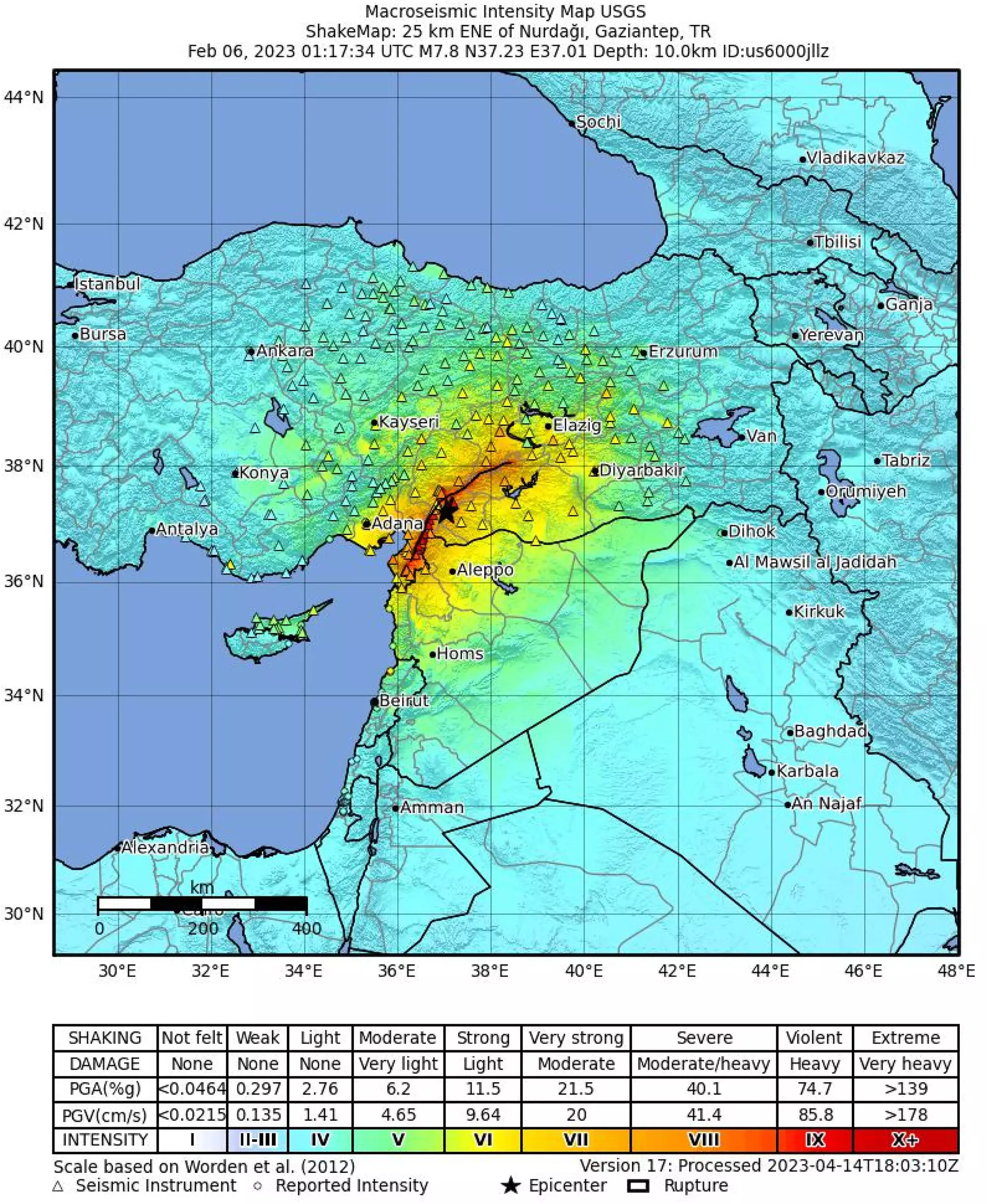In a recent study published in the Journal of Applied Geodesy, researchers have discovered that earthquakes may reveal themselves much earlier than previously believed. By analyzing anomalies in the ground, atmosphere, and ionosphere using satellite technology, it is possible to detect signs of an impending earthquake. This groundbreaking research opens up new possibilities for the development of early warning systems that could save countless lives and mitigate the destruction caused by seismic events.
The study focused on identifying earthquake precursors, which are anomalies that occur in the Earth’s various layers leading up to a seismic event. These anomalies are difficult to detect due to the complexity of their interactions and their variability across different earthquakes and geographic regions. However, with advancements in satellite technology, researchers are starting to uncover subtle patterns that could serve as warning signs for future earthquakes.
Insights from Satellite Data
Professor Mehdi Akhoondzadeh from the University of Tehran analyzed satellite data from two earthquakes that occurred near the border between Turkey and Syria. Using data from the Chinese seismo-electromagnetic satellite, CSES-01, and the European Space Agency’s Swarm satellite mission, he observed anomalies in land surface temperature, atmospheric parameters, and the ionosphere leading up to the earthquakes. The presence of these anomalies days before the seismic events suggests a potential link between ground disturbances and the subsequent effects on higher atmospheric layers.
By studying these anomalies and their progression through different layers of the Earth’s atmosphere, researchers believe that it may be possible to develop robust earthquake early warning systems in the future. Detecting anomalies in parameters such as water vapor, methane levels, ozone, and carbon monoxide in the atmosphere, as well as electron density and temperature in the ionosphere, could provide critical insights into the likelihood of an impending earthquake.
Professor Akhoondzadeh’s research marks a significant milestone in the field of earthquake detection using satellite technology. The ability to identify anomalies in the ionosphere prior to seismic events highlights the potential for satellite data to revolutionize our understanding of earthquakes and their precursors. As researchers continue to analyze data from additional earthquakes, they will gain a more comprehensive understanding of these patterns and further refine early warning systems to better protect vulnerable populations. The future of earthquake detection is bright, thanks to the advancements in satellite technology and the dedication of researchers in this field.


Leave a Reply